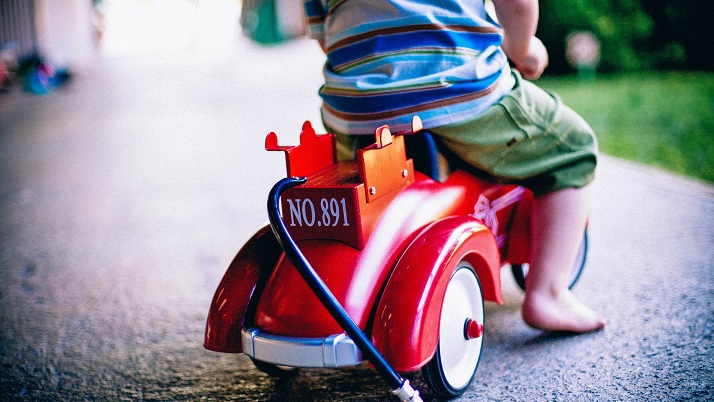- News & Comment
-
Online Shop
Online Services
Looseleafs
Law Reports
Books and eBooks
- CPD & Events
- Authors
- About Family Law
- Contact












 24 APR 2024
24 APR 2024

 24 APR 2024
24 APR 2024

 22 APR 2024
22 APR 2024

 22 APR 2024
22 APR 2024

 18 APR 2024
18 APR 2024









The government has, with considerable controversy, introduced a system of tiers across England to try to stop the second wave of the Covid-19 virus taking hold and causing significant problems within the NHS. The system has proved difficult for many to understand and confusion of who can do what, and with whom they can do it, is widespread. An area in which there is particular confusion – not helped by the Prime Minister giving unclear and incorrect guidance – is in relation to child contact. Can it still go ahead? What if the child is in a different tier from their parent? What if contact would breach the ‘Rule of 6’?
The tier system is, theoretically, very straightforward. Each geographic region in England is assigned a tier between 1 and 3, based on the Covid-19 risk in the area with 1 being medium risk and 3 very high. There are separate arrangements for Wales, Scotland, and Northern Ireland.
Tier 1 areas must continue to observe social distancing, follow the ‘Rule of 6’ and observe a 10pm curfew for bars and restaurants.
Tier 2 areas must do all of the above, but households cannot mix indoors.
Tier 3 areas face much tougher restrictions which are closer to the national lockdown which took place in the spring of 2020: households are not to mix at all, other than at in parks or at beaches; bars and pubs are closed other than if operating as restaurants and under strict rules; and local authorities have the power to close further businesses. Non-essential travel is not advised and people from outside the are not to travel into a tier 3 area.
The obvious difficulty arises where a child in a lower tier area usually has contact with a parent in a higher tier area (or vice versa), or where the entire family is located in a tier 3 area and there are questions over whether travel to contact is ‘essential’ and whether the two households can mix.
During the lockdown, the government, after some confusion, made itself very clear that child contact was not affected by lockdown rules and could still go ahead so long as families were sensible and observed isolation rules if Covid symptoms developed, or if a positive test result was received. The President of the Family Division issued supplementary guidance, which has not been revised at the time of writing, confirming that the possibility of contact continuing does not mean it must continue, and that it was for each family to make a sensible decision in the circumstances.
Unfortunately, the tier system has caused fresh confusion as to where and when contact can take place. This has not been helped by Boris Johnson’s suggestion in a recent press conference that there would be restrictions on child contact as a result of the tier system.
A House of Commons briefing paper has categorically stated that this is not the case, and restrictions do not apply “for the purposes of arrangements for access to, and contact between, parents and children where the children do not live in the same household as their parents or one of their parents”. It goes on to clarify that this does not apply to children who are self-isolating.
In short, travel and households mixing for the purposes of child contact are not affected by the rules so long as self-isolation is not taking place for the child in question. A child from a tier 2 area could travel to stay with their parent in a tier 3 area overnight. Similarly, a child joining another household for the purposes of child contact would not be a breach.
If the ‘Rule of 6’ is broken by a child joining a household that already has 6 people for the purposes of child contact, then there is also no breach.
There are limitations in the sense that the family can only do what is permitted in their area, so if a leisure centre is closed, then child contact simply cannot take place there. Similarly, sensible precautions need to be taken around health: when travelling to a contact session, social distancing, and the ‘Rule of 6’ must be observed, alongside rules governing the mixing of households.
There are, as ever, some grey areas though. For example, in a tier 3 area it seems it would not be permissible for, say, an aunt from a different household to collect a child from one parent’s home and drive them to the other parent’s home. By doing so, this would cause the ‘unnecessary’ mixing of households. But if the contact could not go ahead otherwise, what is the case then? If, during contact in a tier 2 area, the family eats in a restaurant, are they one household or two? The rules in these instances are not entirely clear.





Leave a commentOrder by
Newest on top Oldest on top